To beat the rainy day blues, Koreans have a perfect solution – Jeon with makgeolli. There are many different varieties of pancakes in Korean cuisine ranging from savoury to sweet. You can have them for breakfast or they can be a side dish to any other meal of the day. They are also a great snacking dish when paired with makgeolli (milky Korean rice wine). A Jeon is not only great on rainy days, but it is perfect soul food.
A Korean pancake is very different from the classic western pancake. There are three Korean words that roughly translate to pancake – ‘Jeon’, ‘Buchimgae’, and ‘Tteok’, but each of them has a slightly different meaning. A Jeon is something that is coated in egg and flour and then is pan-fried. Buchimgae is more similar to fritters but they are spread out like pancakes and then pan fried. And lastly, Tteok is a rice cake.
Typically, Jeon features an ingredient that is coated in flour and egg. The main ingredient takes the centre stage in terms of flavour. The main ingredient can be vegetables, fish, poultry, flowers, or meat. It is incorporated into a batter and then fried with oil to make Jeon. Actually, anything can be used as a main ingredient to make a Jeon. For example, there is chaeso-jeon (vegetable pancake), soegogi-jeon (beef pancake) kimchi Jeon, pajeon (scallion seafood pancake), and many others.
Different types of Jeon
Meat as the main ingredient
Kkaennip-Jeon – In this pancake, Perilla leaves are stuffed with minced meat, coated with batter and then pan fried.
Wanja-Jeon – This is basically Korean meatballs – mix of grinded beef and pork with tofu and some veggies.
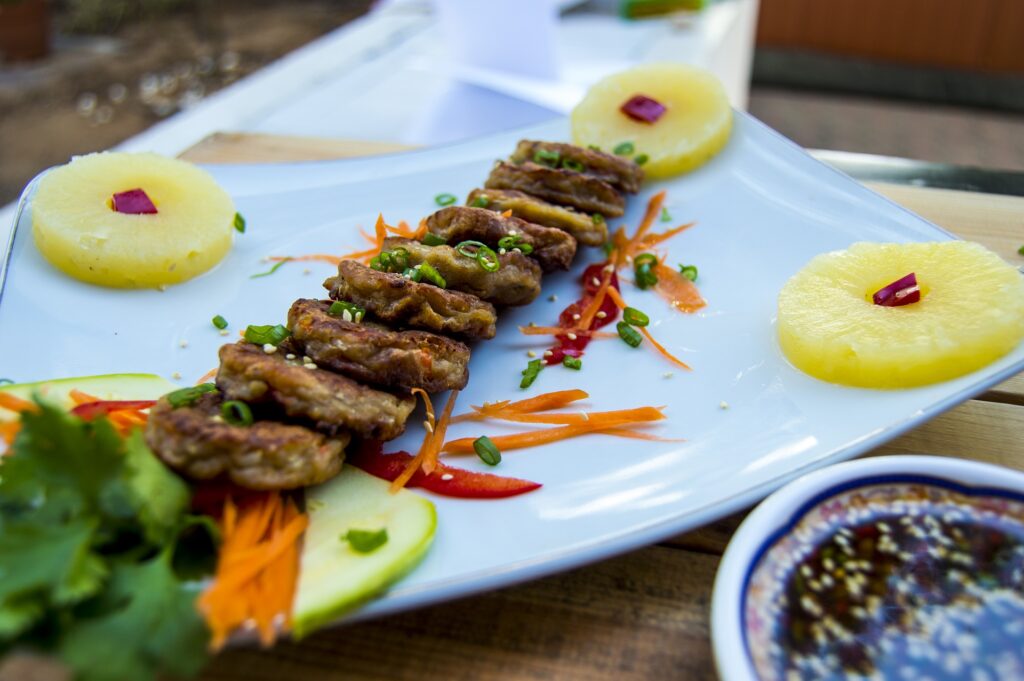
Kkochi-Jeon – It is meat and veggies skewered on a toothpick. Everything is cut into small pieces including meat. There is no set ingredient and you can add anything you want.
Seafood as main ingredient
Haemul pa-Jeon – The classic Korean pancake made from scallions (Haemul) and seafood (Pa) like squid and prawns. This pairs perfectly with makgeolli.
Sangseon-Jeon – This pancake is made from two types of fish (Sangseon) mainly – fresh flounder or cod. You can also use any white fish. It goes well with a spicy dipping sauce.
Gul-Jeon – It is an oyster (Gul) pancake which has a tangy taste and it requires only oysters, chilli and green onions.
Vegetable as main ingredient
Hobak-Jeon – For this pancake, specific type of pumpkin (Hobak), zucchini is the main ingredient. It is quite a healthy dish that can act as a side dish for any Korean meal.
Gamja-Jeon – The main ingredient of this pancake is ground potato (Gamja). It’s a simple dish and you can add other vegetables like scallions or chilli peppers to make it.
Kimchi-Jeon – Just as the name suggests, if you have any Kimchi at home, you can make this very easily. As Kimchi itself is rich in flavours, you don’t need a dipping sauce to pair the pancakes with.
Pyogo-Jeon – The main ingredient here is mushroom.
Gaji-Jeon – It is an eggplant (Gaji) pancake with a soft texture.
Dubu-Jeon – Dubu means tofu so this is a perfect alternative for a meat-free day. You can add different vegetables in it and overall it has a mild flavour.
Yeongeon-Jeon – This is made from lotus roots (Yongeon) as main ingredient. It is a healthy pancake that is good for your blood circulation.
As you can see, there is a wide variety of Korean pancakes. Essentially, you can make it with anything you like. And all of them can be paired with a dipping sauce that can be spicy or mild depending on the flavour profile of the pancake. And if you want something simpler, they taste great with ketchup and soy sauce.



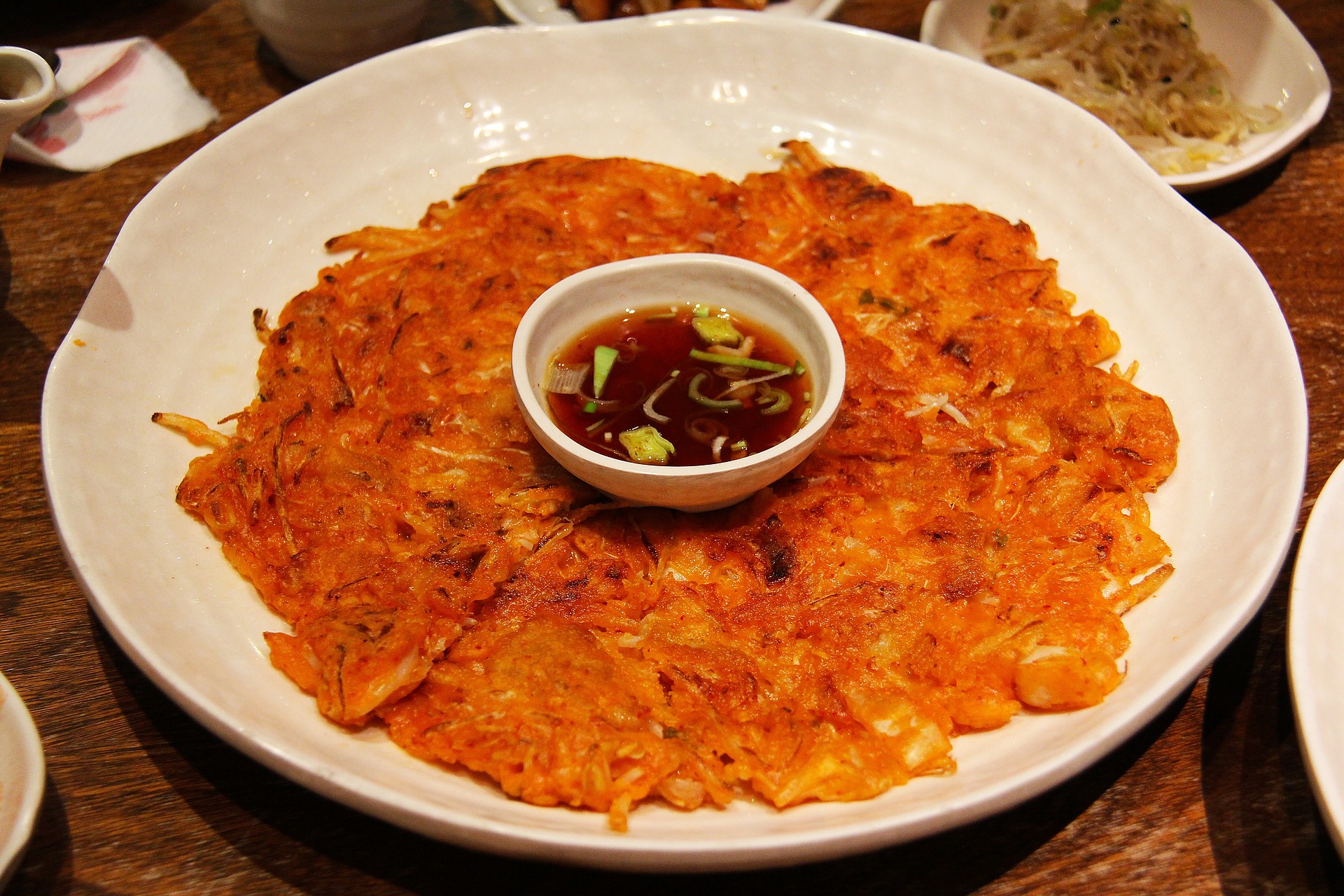
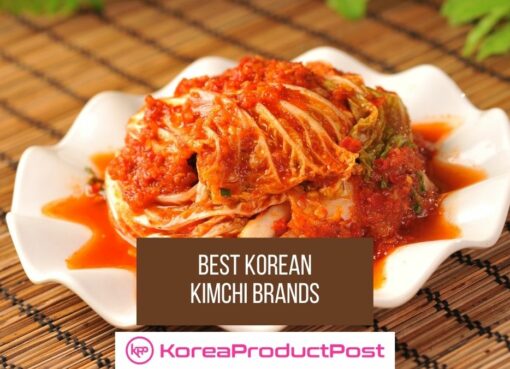
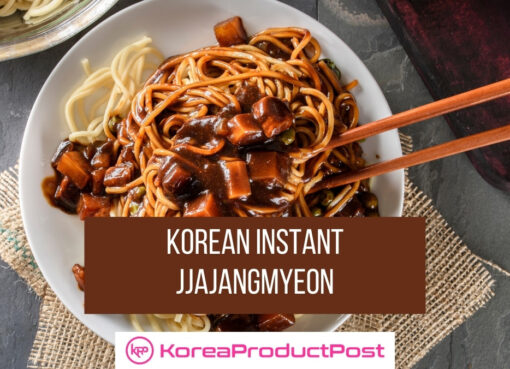
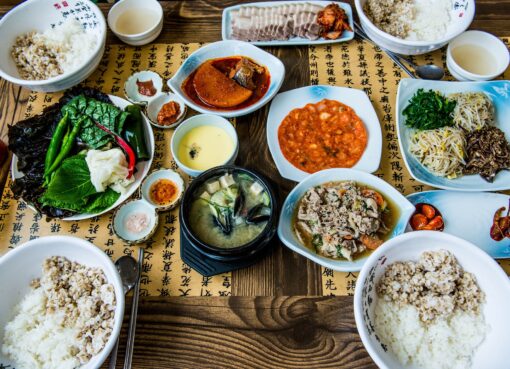
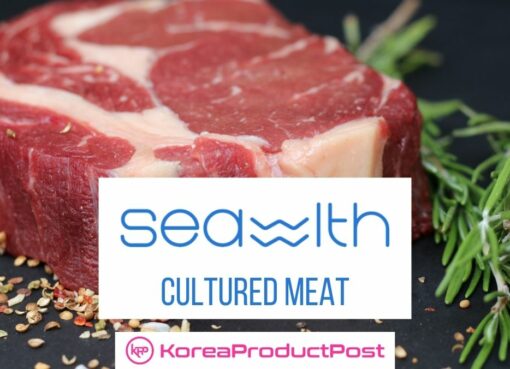
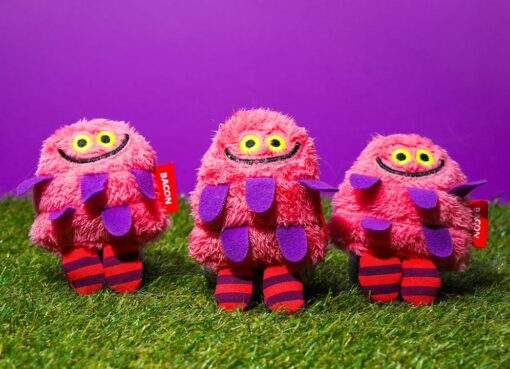
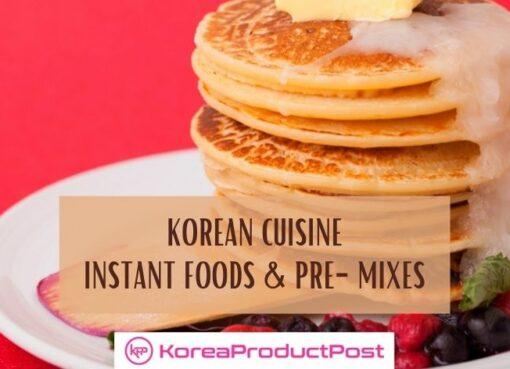
Comment here